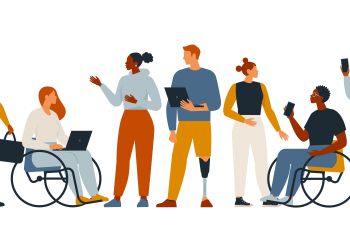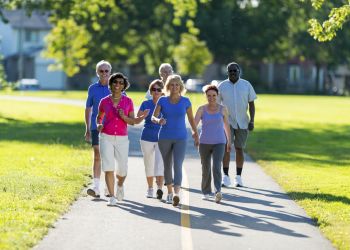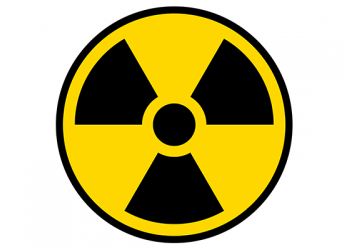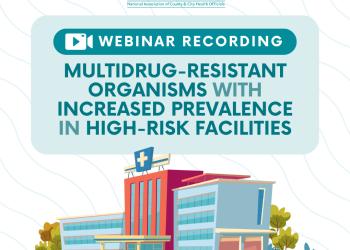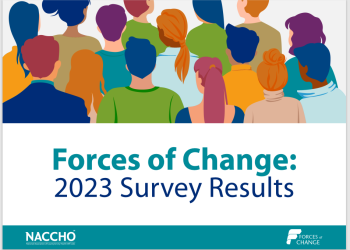By Anna Suarez, Communications Specialist, Mesothelioma + Asbestos Awareness Center
 After enduring months of snow, freezing temperatures, and decreased daylight, communities can breathe a collective sigh of relief as summer slides into sight once again. With the promise of warmth and sunlight, along with the allure of the long-awaited activities reserved for the summer months, few can resist the urge to be outdoors. However, it is important to be mindful that warmer temperatures are accompanied by their own set of health risks, which can be just as dangerous threats associated with winter climates. Two environmental factors that can pose a serious public health threat throughout the summer include exposure to air pollution and the sun.
After enduring months of snow, freezing temperatures, and decreased daylight, communities can breathe a collective sigh of relief as summer slides into sight once again. With the promise of warmth and sunlight, along with the allure of the long-awaited activities reserved for the summer months, few can resist the urge to be outdoors. However, it is important to be mindful that warmer temperatures are accompanied by their own set of health risks, which can be just as dangerous threats associated with winter climates. Two environmental factors that can pose a serious public health threat throughout the summer include exposure to air pollution and the sun.
Outdoor air quality
Of the many pollutants that impact outdoor air quality, ozone is one of the most harmful to human health. Many people are familiar with ozone’s role as a protective barrier against ultraviolet radiation. Under the right conditions, this same molecule that prevents sunburns and skin cancer can actually cause or aggravate respiratory conditions. The people most vulnerable to this type of pollution are children and senior citizens, but anyone particularly active outdoors may also be at risk.
Ground level ozone, a primary component of smog, forms in warm temperatures when sunlight reacts with nitrogen oxides and volatile organic compounds, which are common pollutants from automobiles and heavy industry. Climate change will exacerbate this trend; temperatures will continue to rise and cause ozone to be produced at faster rates, creating greater quantities of pollution.
In order to limit intake of air pollutants, individuals should monitor ozone levels and plan outdoor activities accordingly. On days when ozone layers are elevated, it is best to avoid being outdoors for an extended period of time, particularly for vulnerable populations (e.g. older adults, children). Several resources provide easy and free public access allowing individuals to determine outdoor air quality in real time. For example, the Environmental Protection Agency provides outdoor pollution readings online via their AirNow website and the American Lung Association offers air quality monitoring on the go via their mobile app (available for free from the Google Play Store and the Apple Store). Both options can help reduce exposure to air pollution by informing individual citizens and allowing organizations (i.e. local health departments) to issue community-wide alerts.
Sun-related health risks
While sunlight provides essential nutrients (e.g., Vitamin D) beneficial to human health, direct and prolonged exposure to the sun during summer months is extremely dangerous. Using sunscreen and wearing protective clothing is imperative even when spending a limited amount of time in the summer sun. According to Cancer Research UK, getting a minor sunburn once every two years can triple the risk of developing melanoma.
Too much direct sunlight can also cause heat exhaustion and heat stroke (i.e. sunstroke). Older adults and individuals with pre-existing heart conditions are particularly susceptible to these risks. Recent data also indicates that heat stroke has become more prevalent among young adults in the United States. Regardless of one’s age and health status, it is important to limit periods of time spent directly in the sun and ensure proper hydration, especially when engaging in strenuous or high intensity activities.
As temperatures rise with climate change, health risks associated with sun-related exposure will only become more serious. The World Health Organization has estimated that between 2030 and 2050, climate change will cause 250,000 casualties as a result of a variety of conditions that include heat stress. Although this may sound like a gross exaggeration, considering that a 2003 heat wave in Europe reportedly caused 70,000 deaths, this prediction may prove to be frighteningly accurate.
Indoor air quality
Spending time out of the sun and heat can substantially reduce threats such as cancer, heat stroke or lung disease, unfortunately, staying indoors can also negatively impact health outcomes. Many residential buildings are outfitted with air conditioning units to make the summer months more bearable. Older or poorly maintained units, however, can contribute to respiratory problems or the spread of disease. Some professionals advise that prior to being turned on an air conditioning system should undergo a yearly cleaning. Although, due to a lack of evidence, the EPA warns that this measure is only guaranteed to eliminate health risks associated with visible mold or dust.
Assessing indoor air quality is also imperative after completing renovation projects, particularly if efforts included the removal of contaminants like asbestos or lead paint. Exposure to asbestos can result in fatal illnesses, more prominently linked to cancer (i.e., mesothelioma). Ingesting lead can be equally harmful, resulting in a multitude of health concerns. By ensuring that residue from these materials is entirely removed, residents can stop their continued circulation, eliminating the potential for serious, yet completely preventable illnesses.
Facing these public health risks may seem daunting, especially as the effects of climate change become more pervasive. But as with many health issues, public health officials should start by leveraging effective communication strategies to increase public awareness. This can be achieved through social media, newsletters, or even word of mouth. In order to implement effective community outreach campaigns, it is equally important that health department staff receive regular training on these issues, and are able to properly communicate environmental health risks and preventive strategies. Additionally, staff members should be able to recognize the warning signs for respiratory or heat related emergencies and be knowledgeable on first response protocol. By adopting these tools and strategies, health departments and other emergency response partners will be adequately equipped to protect the communities they serve from the multitude of environmental health risks that arise in the summertime.


